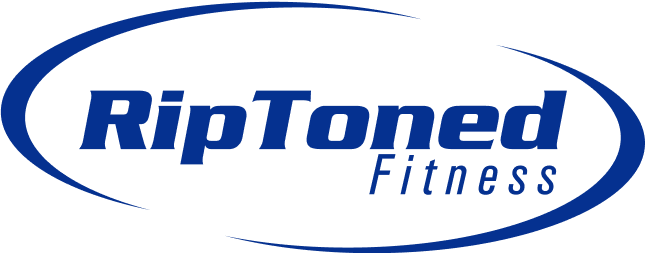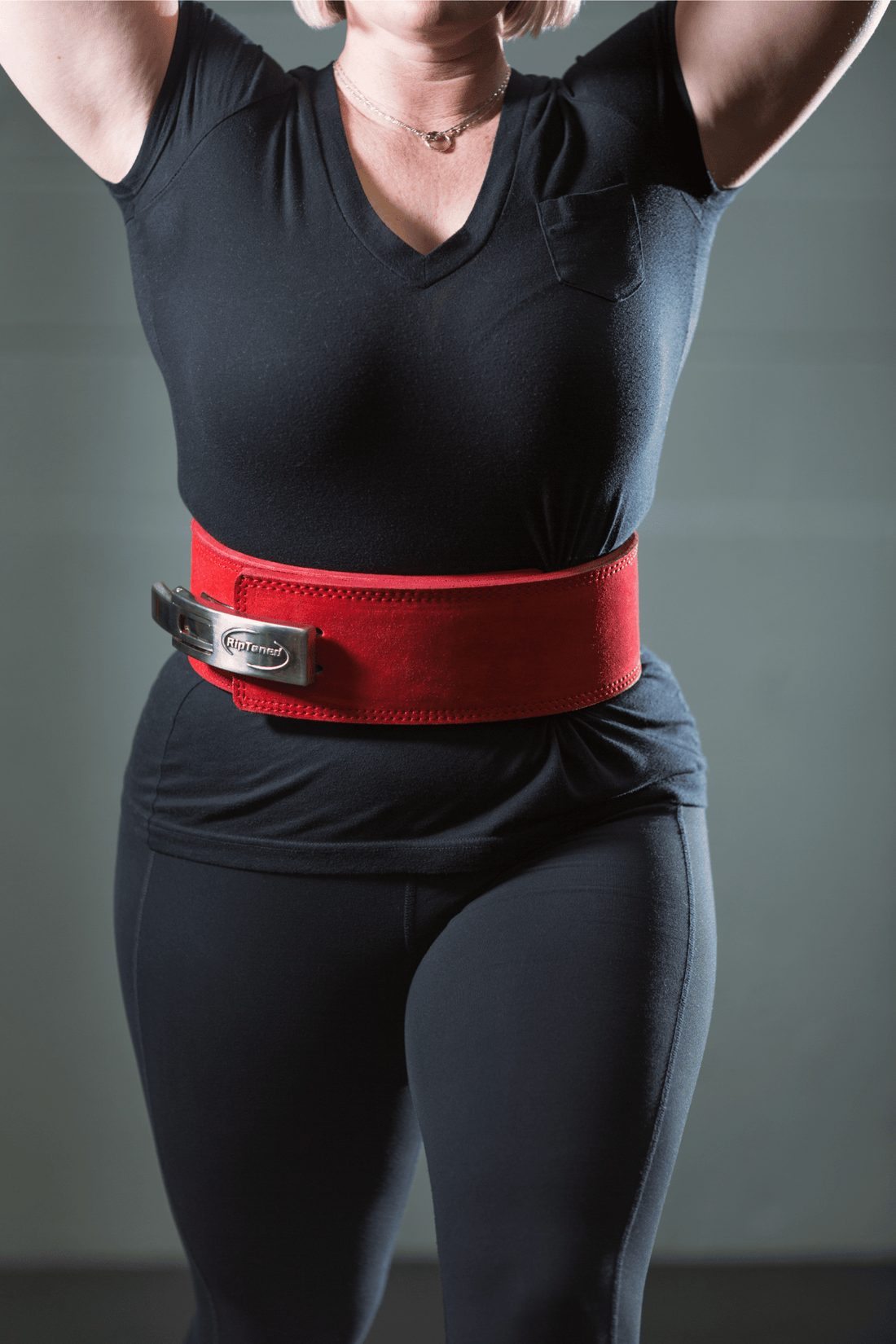When lifting heavy objects, lever lifting belts are an essential tool for ensuring safety and proper form.
These belts provide support to your lower back and core muscles, reducing the risk of injury while performing strenuous lifts. However, like any other equipment, they require proper maintenance and care to ensure their longevity and efficiency.
In this guide, we'll discuss some maintenance and care tips for lever lifting belts to help you get the most out of your investment. From storage and cleaning to proper usage techniques, we'll cover everything you need to know to keep your lifting belt in top condition. So, let's dive in!
Why Proper Maintenance And Care Is Important
Lever lifting belts are designed to withstand high amounts of stress and pressure, but they are not invincible. Like any other equipment, they can wear out over time if not properly maintained and cared for. Failing to take care of your lifting belt can result in decreased support and functionality, which can increase the risk of injury.
Moreover, a poorly maintained lifting belt can also lead to discomfort and irritation, which can affect your performance during lifts. By investing a little time and effort into maintaining your lever lifting belt, you can ensure its longevity and effectiveness, allowing you to lift with confidence.
Also, taking care of your lifting belt shows respect for the equipment and safety. After all, it is a crucial part of your lifting routine and plays a significant role in keeping you safe while lifting heavy objects. So, follow these maintenance and care tips to get the most out of your lever-lifting belt.
Tips For Maintaining And Caring For Your Lever Lifting Belt
Store it Properly
After each use, it is essential to store your lever lifting belt properly. This means hanging it in a dry and cool place away from direct sunlight or moisture. Excessive heat or humidity can damage the material of the belt and compromise its effectiveness.
It's also crucial to avoid storing your lifting belt in a cramped space where it can get tangled with other equipment. This can cause unnecessary wear and tear and make it challenging to retrieve the belt when needed. Instead, invest in a proper storage solution, such as a wall-mounted holder or a designated shelf for your lifting gear.
Clean it Regularly
Sweat, dirt, and bacteria can accumulate on your lifting belt after each use, making it unhygienic and uncomfortable. To prevent this, make sure to clean your lever lifting belt regularly.
Start by wiping it down with a damp cloth or disinfectant wipes after each use. For deeper cleaning, you can hand wash the belt using mild soap and water. Just rinse it thoroughly and air dry it before storing it away.
If your lifting belt is made of leather, you can use a leather conditioner to keep the material supple and prevent cracking. Avoid harsh chemicals or bleach, as they can damage the material and compromise its structural integrity.
Avoid Excessive Sun Exposure
Direct sunlight can cause the material of your lifting belt to dry out and become brittle, leading to cracks and tears. Avoid leaving your lever lifting belt exposed to the sun for extended periods, especially if it's made of leather.
If you need to air dry your belt after cleaning, place it in a shaded area or use a fan to speed up the process. Make sure not to expose it to excessive heat as well, which can also damage the material.
When transporting your lifting belt, keep it out of direct sunlight by placing it in a gym bag or covering it with a towel.
Check for Wear and Tear
Regularly inspect your lever lifting belt for any signs of wear and tear. If you notice any tears, cracks, or other damage, stop using the belt immediately and replace it. A compromised lifting belt can put you at risk of injury and won't provide adequate support for your lifts.
Also, make sure to check the buckles and straps for any signs of damage or looseness. These are essential components of your lifting belt that need to be in good condition for proper usage.
By regularly checking your lifting belt for wear and tear, you can catch any potential issues early and ensure your safety during lifts.
Follow Proper Usage Techniques
Lastly, it's crucial to use your lever lifting belt correctly to get the most out of it. Wear the belt snugly around your waist and not too tight, as this can restrict blood flow and cause discomfort.
Also, position the belt correctly, covering your lower back and core muscles. When lifting, engage your core and use proper form to prevent excessive strain on your back.
Avoid using the lifting belt for non-lifting activities or as a fashion statement. This can cause unnecessary wear and tear and compromise its effectiveness during lifts.
Don't Share Your Belt With Others
Your lifting belt is a personal piece of equipment that should not be shared with others. Not only is it unhygienic, but it can also lead to improper usage and damage to the belt.
Instead, invest in your own lever-lifting belt that fits your body and preferences. This will ensure proper usage and longevity of the equipment, as well as reduce the risk of cross-contamination.
By following these tips for maintaining and caring for your lever lifting belt, you can ensure its longevity and effectiveness. So, make sure to prioritize the maintenance of this important piece of lifting equipment so that it can be lifted safely and confidently.
Does Your Lever Lifting Belt Need Replacing?
Even with proper maintenance and care, your lever lifting belt will eventually need replacing. Signs that it's time for a new belt include excessive wear and tear, tears or cracks in the material, loose buckles or straps, and loss of support during lifts.
If you notice any of these signs, it's crucial to replace your lifting belt immediately. Continuing to use a compromised belt can put you at risk of injury and make it difficult to effectively perform lifts.
When shopping for a new lever lifting belt, make sure to invest in one that is made of high-quality materials and fits your body comfortably.
Remember to also follow the tips for maintaining and caring for your lifting belt to ensure its longevity. With proper care, you can make the most out of this important piece of equipment and continue to lift it safely and confidently.
Can You Use a Lever Lifting Belt for Every Lift?
While lever weightlifting belts can be used for most lifts, they may not necessarily be needed for every lift. It's important to understand the purpose of using a lifting belt and when necessary.
Lever lifting belts are designed to provide support for your core and lower back during heavy compound lifts such as squats, deadlifts, and overhead presses. These lifts put a lot of strain on your back and core muscles, making a belt helpful in maintaining proper form and preventing injury.
However, for isolation exercises or lighter weightlifting, a lifting belt may not be necessary. In fact, using a belt for every lift can cause reliance on the equipment rather than building and strengthening your core muscles.
It's important to listen to your body and use a lifting leather belt when needed, but not rely on it for every lift. By using proper form and gradually increasing weights, you can build a strong core that will support you during lifts without the need for a belt.
Mistakes to Avoid When Using a Lever Lifting Belt
While using a lever-lifting belt can provide many benefits, there are also some common mistakes to avoid when using one. These include:
- Wearing the belt too tight: As mentioned earlier, wearing the belt too tight can restrict blood flow and cause discomfort. Make sure to wear it snugly but not overly tight.
- Using the belt for non-lifting activities: Lever lifting belts are designed specifically for heavy compound lifts and should not be used for other activities or as a fashion statement. This can lead to unnecessary wear and tear.
- Relying solely on the belt for support: A lifting belt should not be used as a crutch during lifts. Make sure to engage your core muscles and use proper form to prevent relying solely on the belt for support.
- Sharing your belt with others: As mentioned earlier, a lifting belt is a personal piece of equipment and should not be shared with others. This can lead to improper usage and cross-contamination.
By avoiding these common mistakes, you can make sure to get the most out of your lever lifting belt and lift safely and effectively. Remember to always prioritize proper usage and maintenance of your lifting equipment for optimal performance.
FAQs
How should I maintain and care for my leather weightlifting belt to ensure its longevity?
To maintain the quality of your leather weightlifting belt, it's advisable to regularly clean it with a soft cloth to remove dirt and sweat accumulated during workouts. Additionally, periodically conditioning the leather using a specialized leather conditioner can help preserve its suppleness and durability over time.
Can leather lever lifting belts improve lifting performance?
Leather lever lifting belts, particularly those designed with sturdy and supportive construction, can potentially aid in improving lifting performance by providing essential back and core support. When used correctly, these belts may enable lifters to stabilize their form and lift heavier weights with greater confidence.
How do I care for the lever mechanism of my weightlifting belt to ensure its functionality?
To maintain the functionality of the lever mechanism on your weightlifting belt, it's important to periodically inspect the lever for any signs of wear or damage. Cleaning the lever with a soft cloth and ensuring that it remains free from debris can help sustain its smooth operation during heavy lifting sessions.
Are there specific maintenance tips for leather lifting straps to withstand heavy lifting?
When caring for leather lifting straps subjected to heavy lifting, it's crucial to clean them regularly and allow them to air-dry completely after each use. Additionally, storing the straps in a cool, dry place away from direct sunlight can help prevent premature deterioration and maintain their reliability during intense lifting activities.
Conclusion
In conclusion, a lever lifting belt is an essential piece of equipment for any serious weightlifter. It provides support and stability during heavy compound lifts, reducing the risk of injury and helping to maintain proper form.
To make the most out of your lifting belt, it's important to regularly check for wear and tear, follow proper usage techniques, and avoid sharing it with others. It's also important to understand when a lifting leather belt is necessary and not rely on it for every lift.
By investing in a high-quality lever lifting belt and properly maintaining and using it, you can ensure its longevity and effectiveness in supporting your lifts. Remember to always prioritize safety and proper form during lifts, and listen to your body's needs when deciding if a belt is necessary for your weightlifting routine.


